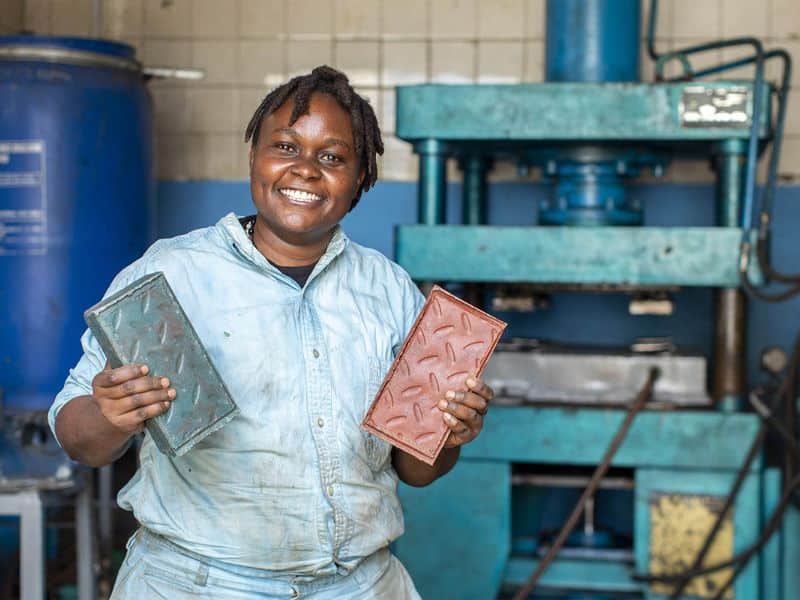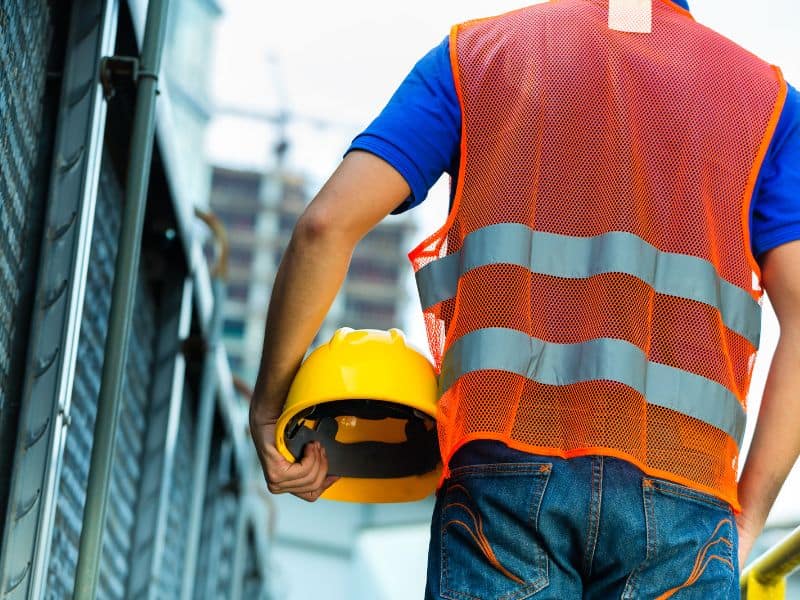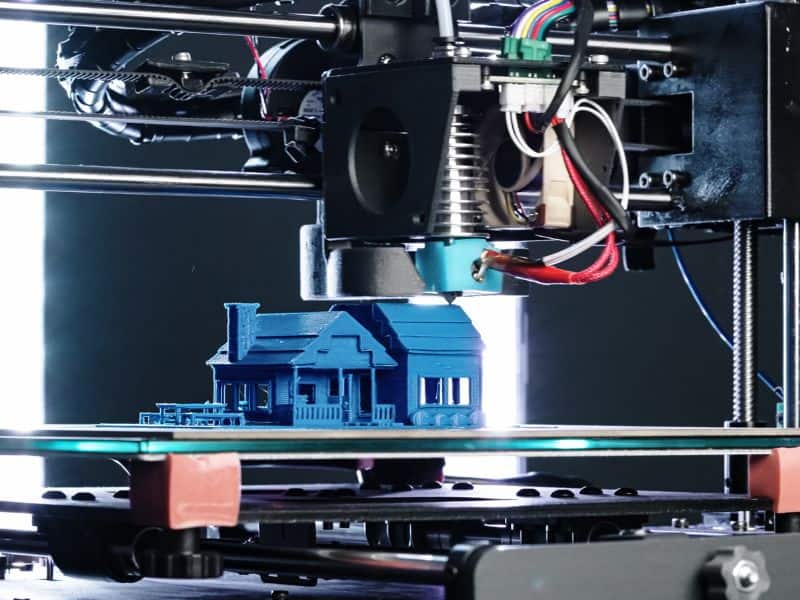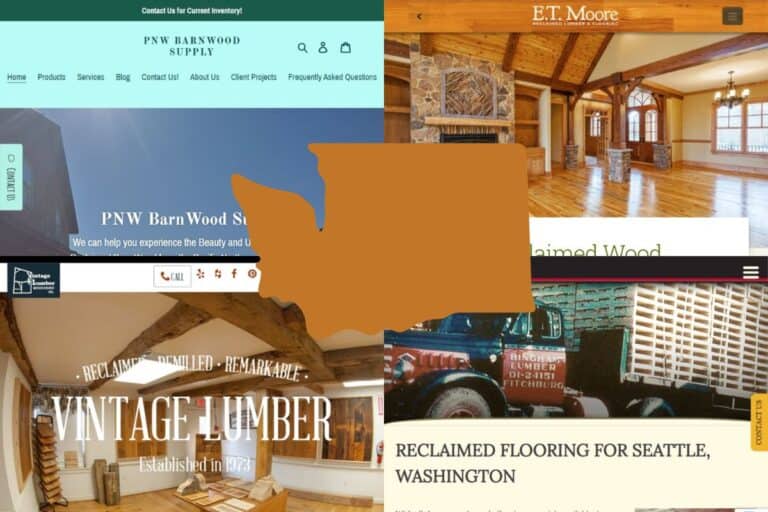The Real Costs of Recycled Plastic Homes (3D and Bricks Too)

It’s no secret that the world faces a plastic waste environmental crisis.
Recycled plastic homes have emerged as a sustainable construction method to solve the plastic waste menace.
From 3D-printed houses to brick-and-mortar units built with recycled plastic, these structural approaches are set to help reduce plastic waste by turning it into useful building materials.
However, what are the real costs of recycled plastic homes?
Before you embark on a recycled plastic construction project, knowing all the costs and potential savings associated with this type of building is important.
Understanding all the facts lets you decide whether this is the right choice for your home.
In the rest of this article, I’ll discuss the real costs of recycled plastic homes. I’ll look at what goes into creating recycled plastic homes and how much it costs to build them.
This discussion will show you the potential savings you can achieve by investing in recycled plastic construction for your building projects.
So stay tuned to learn more about the real cost of a recycled plastic home!
A Breakdown of the Costs of Recycled Plastic Homes
Building a recycled plastic home encompasses a wide range of costs. These include materials, labor, and other construction-related fees.
Moreover, energy-efficiency measures like insulation and solar panels are associated with additional costs.
With that in mind, let’s look at each of these costs.
Recycled Plastic Bricks

Like conventional construction that uses mortar and clay bricks, recycled plastic homes can be built from bricks too. But to build a plastic house, you’ll need recycled plastic bricks.
Manufacturing recycled plastic bricks requires a special process, which can add to the cost of building a recycled plastic home compared to conventional construction.
That said, according to Gjenge Makers, the cost of producing a square meter of plastic brick is approximately $7.70. The larger the house, the more bricks you’ll need (obviously)!
For instance, if the house spans an area of 500 square meters (5,381.96 square feet), you’ll need to pay about $3,850 for bricks.
Plastic Lumber
Besides bricks, you can use plastic lumber for decks, railing, floors, wall panels, and window frames.
Like bricks, this material requires special processing before it is used and can be more expensive to buy than normal wood.
Purchasing and installing plastic lumber costs approximately $9.50 to $15 per square foot. The cost varies based on the size and type of plastic lumber you use.
Labor Costs

Labor accounts for a significant percentage of construction costs. In most cases, labor costs account for approximately 25 and 35 percent of the total project costs.
The amount you have to pay for labor depends on factors such as size, location, and quality of service.
The labor costs for a recycled plastic house may be higher due to the expertise needed. Unlike conventional construction, you need specialized labor to install the plastic bricks correctly. Most of these bricks come with internodes that must be interconnected for the house to stand strong.
Energy-Efficiency Measures
When constructing a new house, making it energy efficient is essential for reducing its carbon footprint. This includes installing insulation and solar panels on the roof.
The cost of installing insulation depends on the material you use and the size of your house.
Insulation comes in different forms and is made from various materials, such as the following.
- Foam tube pipes
- Plastic pallets for heat radiation
- PVC foam boards
Since the variety of plastic insulation available is wide and varied, the cost variation is also wide. It’s always advisable to check the cost of materials at the design stage to avoid any nasty surprises later on.
The cost of solar panels depends on the type and size of the panel you use. On average, installing a single solar panel costs between $3,500 and $35,000. The variation depends on the location and type of solar panel used.
Are 3D Printed Recycled Plastic Homes Cheaper?

3D-printed recycled plastic homes are 20 to 40 percent cheaper because the 3D-printing technology reduces labor. Instead of hiring manual labor, 3D printing technology automates the process, making it faster. Therefore, it needs only a few operators to handle the machines.
The 3D-printing approach incorporates the following four main steps that make it cheaper and quicker:
- Design: Using a design configurator to design the colors, finishes, and other details for a 3D-printed home.
- Printing: The house design is printed based on the design specifications.
- Prefabrication: Components of the house are prefabricated for easy on-site assembly.
- Assembling: The components are assembled on-site manually or by a robot. The assembling process takes between 24 hours and 3 days.
The prefabrication process reduces material waste which helps to keep costs down. When prefabricating, the printer uses only the exact amount of material needed to create the structure and no more.
The cost of producing a 3D-printed recycled plastic home largely depends on the size. Let’s use Azure Printed Homes, a Los Angeles-based company, to understand the price variation for 3D-printed recycled plastic homes.
A 120-square-foot studio by Azure Printed Homes is the smallest and cheapest, with prices starting from $26,900.
On the other hand, Azure’s accessory dwelling units (ADU) come in different sizes, starting from 180 square feet (16.72 square meters). The price for this smaller size is $43,900. The larger the size you order, the higher the cost.
Are Recycled Plastic Homes Cheaper?

Considering their lifecycle, recycled plastic homes are cheaper than conventional homes. These houses are durable and energy-efficient.
Due to their poor thermal conductivity, plastics are highly efficient in preventing heat loss. This means that the energy bills for a recycled plastic home are much lower than for other homes.
Additionally, these homes require less labor and fewer materials, making them cheaper than their traditional counterparts.
Final Thoughts
The above breakdown of the costs of recycled plastic homes shows that these homes are cheaper than traditional ones.
The 3D-printing approach makes recycled plastic homes even cheaper. Automated machines reduce labor and waste while shortening the time taken to build.
Now that you know the real costs of recycled plastic homes, here are the key attributes that represent sustainable home design.








I am in the philippines and considering different types of houses to build. Where would I go to learn about 3D printed prefab homes using recycled material or does it need to be new material or a mixture of both?
We are also considering cement 3D printed homes as well.
I am not so much worried about cost as set up and manufacture over here. As it goes against the local building strategies that are always cost cut to minimal expense.
Hi Ian, Thanks for asking the question. The potential for building more sustainable homes using 3D printing techniques is massive, and I’m considering publishing a series covering all the different types of 3D printing that have applications in construction. 3D printed concrete structures save money and precious resources, so they are an option worth considering. As for where to go in the Philippines for advice on 3D printed homes, I’m not sure, but I have noticed that SIKA has some innovative and very appealing shapes produced using 3D printing on their website. Maybe they would be worth getting in touch with.